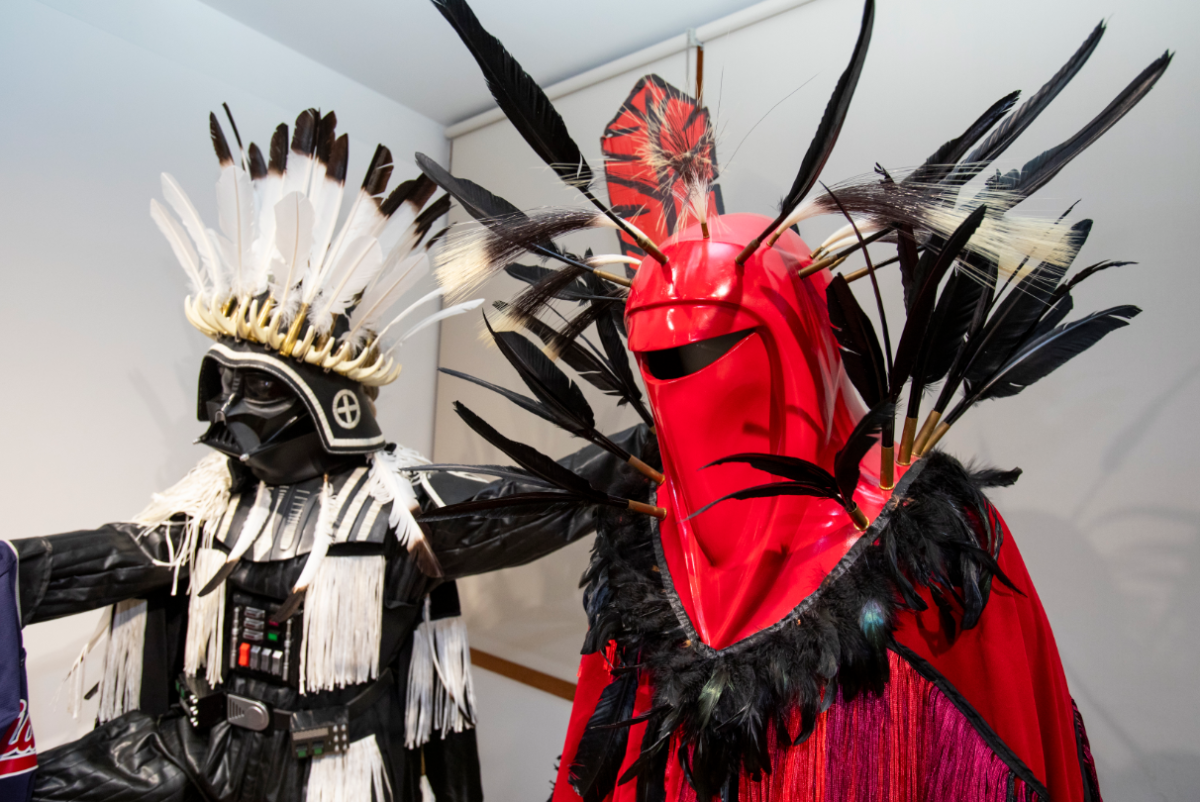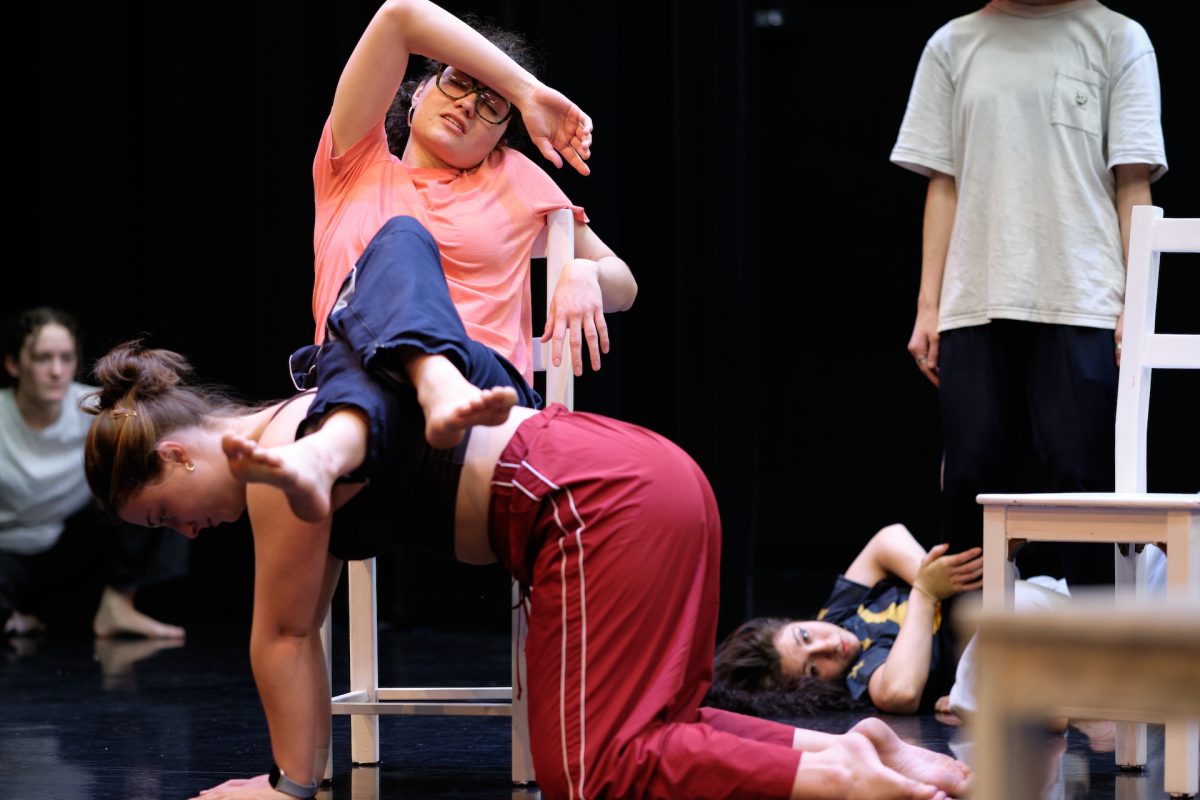For the theater department, kicking off April involved a whole lot of William Shakespeare.
Last weekend, the second-year students of the University of Minnesota/Guthrie Theater BFA Actor Training Program presented their annual Shakespeare Repertory. Unlike previous years, however, the actors were split into groups based on gender — the idea was that women would work on “Romeo and Juliet” while the men prepared “Hamlet.”
The decision to split up the cast into binaries for a Shakespearean play has become more popular in recent years. Doing so in the BFA program encouraged students to think more critically about translating, staging and bringing to life these plays that were written during a time of great misogyny.
It also brought up concerns regarding inclusivity and consideration of non-binary actors who don’t neatly fall into the categories of “man” or “woman.” Samuel Salvador Osborne-Huerta noted their original concern that they would be expected to behave a certain way based on where they were placed.
Luckily, Osborne-Huerta, who played Laertes in Hamlet, said they felt welcomed in the space despite the worries they had at the beginning.
“I was really, really grateful for how conscious and involved everyone was in conversations with me about gender. Going through it I felt very loved and safe,” they said.
With this gender split, half of the cast returned to the original Shakespearean practice of having no women perform on stage. This required the student actors to think more carefully about what gender truly means in “Hamlet” and whether or not it is relevant to the play.
“We were forced to have conversations early on in the rehearsal process about what it means and what story it forces us to tell in having all male-presenting bodies telling this story,” said Colin Covert, who played the titular role of Hamlet. This interpretational choice also meant that the actors had to be careful to not bring to life caricatures of women based on stereotypes.
Ophelia, one of the two female characters in the play, was portrayed by Robert Frank. At first, Frank struggled with figuring out what was necessary for success in this role. Instead of adding fake feminine traits or pretending to be a woman, he worked hard to create a genuine performance by letting femininity come to him naturally.
“Everybody has masculine and feminine sides of them,” said Frank. “What I wanted to focus on was stripping away masculinity and letting the natural feminine parts of me come out, and be comfortable with that on stage.”
In “Romeo and Juliet,” the split casting allowed for another separate, unique acting experience. Typically, Shakespearean plays do not give female characters the same depth given to the male characters. Women are often only represented by characters such as maids or mothers, explained director Keely Wolter. But the people involved in this interpretation played all the roles, from the overbearing fathers to the lovestruck teenagers.
“What I think is lovely about this production is that you can sit in the audience and see a variety of women be represented,” Wolter said. Like in “Hamlet,” the actors weren’t trying to simply play men; the play instead offered a special opportunity to genuinely explore femininity on stage.
“If you’re a young female actor [in Shakespeare], often one of [your] roles is going to be a man and you have to play it as a man,” Wolter said. “Letting them just honestly play women in this production was important for me and a great experience for them educationally and artistically.”
Though it sounds contradictory, an entirely male-presenting or female-presenting cast had the potential to make audiences forget about gender during their immersion in the play.
“The characters are suddenly just people,” Osborne-Huerta said. The lack of gender diversity on stage is noticeable at first, but then it can be naturally disregarded as these classic stories are brought to life without power dynamics or gender hierarchy.
Splitting up the company into binaries holds all sorts of nuance, but nevertheless, the shows put on were, at their core, good ol’ Shakespeare. The lengthy, language-rich performances allowed the actors to show off their endurance, technical skill and obvious passion.
Captivating an audience with these expansive yet strangely intimate stories is no easy feat, but these second-year students did so with grace and confidence.














